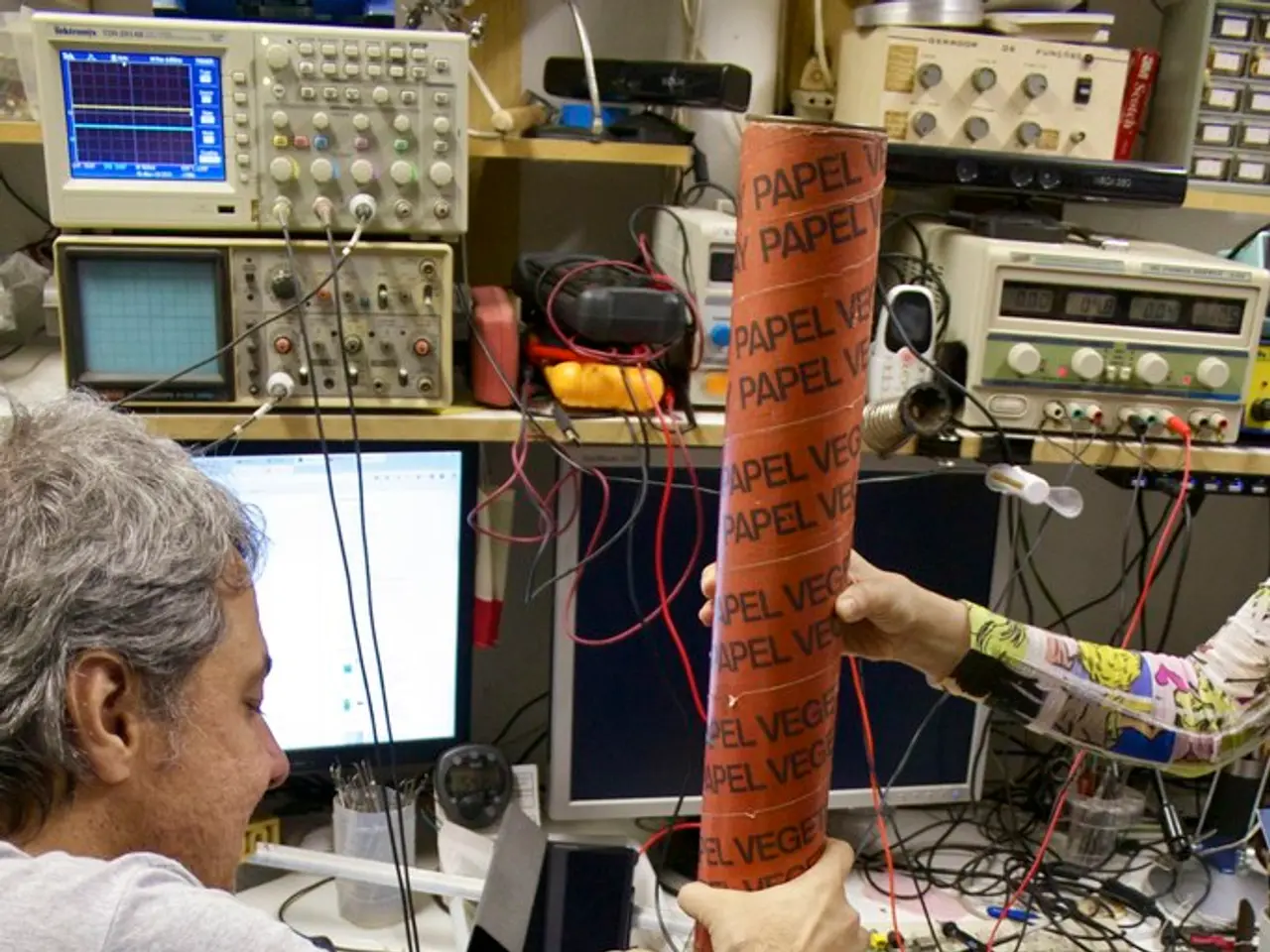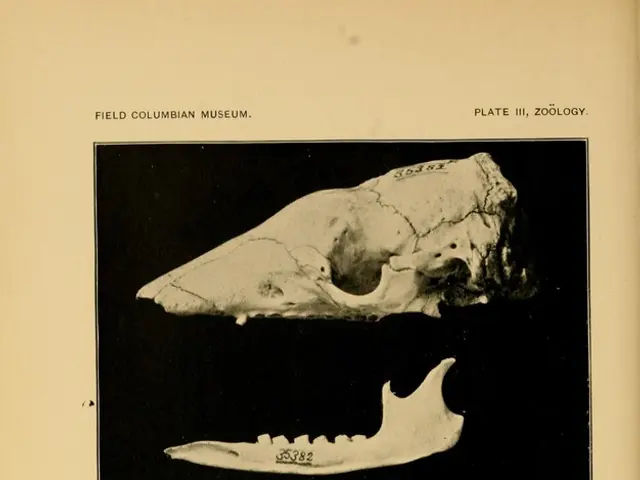Impact of Peaceful Virtual Realms on Brain Functions
In a groundbreaking study, researchers have discovered that the level of presence in virtual reality (VR) environments significantly influences physiological and neurological signals. This research, which used animals as subjects, employed visualization techniques in the virtual environments and collected data using the Emotiv EPOC+ EEG device and Shimmers3 sensors through a specific biometric data collection software.
The findings of the study suggest that presence significantly influences brain activity, particularly reducing physiological stress markers such as heart rate, blood pressure, and salivary amylase, while increasing heart rate variability (HRV), which reflects better autonomic regulation and stress resilience. Exposure to virtual natural settings was also found to decrease arousal levels, as shown through EEG patterns indicating calming effects, and decreases in electrodermal activity (EDA), a marker of physiological stress.
Different physiological responses correspond to distinct VR social situations. For instance, skin conductance response (SCR) increases with personal space violations by avatars in VR, signaling arousal, while HRV decreases with threatening facial expressions, indicating reduced parasympathetic activity.
The Emotiv EPOC+ EEG device, a wireless EEG headset, was used to record brain electrical activity, enabling measurement of neural correlates of presence and emotional arousal during VR exposure. Shimmers3 sensors, on the other hand, were utilized for multi-modal physiological measurements, including heart rate and heart rate variability (HRV), capturing autonomic nervous system responses to VR scenes, and skin conductance (EDA/SCR), measuring sympathetic nervous system activity and emotional arousal during specific VR interactions.
The combination of EEG from Emotiv EPOC+ and biometric data from Shimmers3 allows simultaneous capture of neurological and peripheral physiological responses, providing a comprehensive assessment of how presence modulates human affective and cognitive states in VR.
In summary, higher presence in VR—especially with naturalistic and interactive elements—leads to measurable reductions in stress and anxiety markers across brain and body signals, as demonstrated by EEG and biometric data collected via Emotiv EPOC+ and Shimmers3 sensors in controlled experiments. This study offers promising insights into the potential therapeutic benefits of VR for stress management and anxiety reduction.
[1] Source for physiological stress markers and HRV findings [2] Source for EEG patterns, EDA, SCR, and HRV findings related to distinct VR social situations.
In light of the study's findings, it appears that the application of science, specifically in the field of health-and-wellness, could potentially leverage the advantages of virtual reality (VR) technology for therapies-and-treatments aimed at reducing stress and anxiety. By analyzing biometric data collected using devices like the Emotiv EPOC+ EEG and Shimmers3 sensors, scientists could further investigate and develop VR-based health interventions using this data for personalized health monitoring and wellness optimization.
By taking into account neurological responses, such as EEG activity, and physiological reactions, like heart rate variability and electrodermal activity, researchers can better comprehend the impact of VR environments on an individual's stress levels and emotional well-being. This multidimensional understanding could ultimately pave the way for innovative health-and-wellness technologies and treatments grounded in both science and technology.




